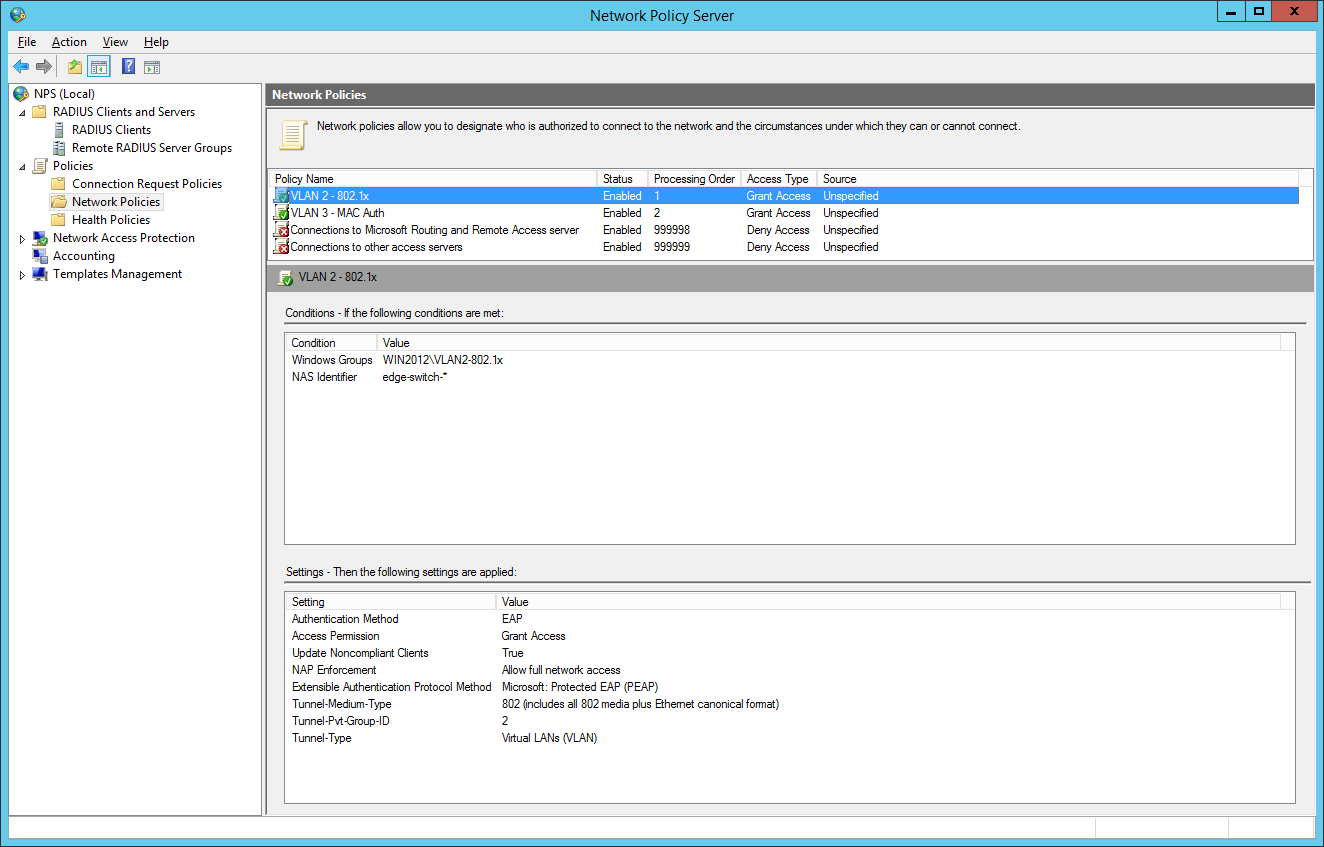
- #Windows server for mac clients install#
- #Windows server for mac clients full#
- #Windows server for mac clients download#
Once you have Podman installed on your remote client, you should set up a connection using podman system connection add which is then used by subsequent Podman commands. The communication between client and server relies heavily on SSH connections, and the use of SSH keys is encouraged.

You can use the Podman remote clients on macOS and Windows to manage your containers running on a Linux server.
#Windows server for mac clients full#
Here is the full command: C:\Users\baude> podman system connection -help Wrap up The -help flag shows all the commands for manipulating the connections list. If no connection is provided, the default connection is used. Podman has also introduced a -connection flag to select other connections you have defined. You can display your connections with the podman system connection list command, like this: C:\Users\baude> podman system connection listīaude* id_rsa you can test the connection with podman info. If this is the first connection, it marks it as the default. This command adds a remote connection to Podman. You can add a connection by using the podman system connection add command, as seen here: C:\Users\baude> podman system connection add baude -identity c:\Users\baude\.ssh\id_rsa ssh://192.168.122.1/run/user/1000/podman/podman.sock You may need to click All to see all the shared computers. Find the computer’s name in the Shared section of the Finder sidebar, then click it to connect. In the Finder on your Mac, choose Go > Connect to Server, then click Browse. The first step in using the Podman remote client is to configure a connection. Connect to a Windows computer by browsing. If you do not use SSH keys, you are prompted with each Podman command for your login password. On a Mac, you can automate this using ssh-copy-id. You need to copy the contents of id_rsa.pub and append it to ~/.ssh/authorized_keys on the Linux server. To set up your SSH connection, you need to generate an SSH key pair by using the ssh-keygen command: $ ssh-keygenīy default, the public key is in your home directory under. The remote client works considerably smoother with SSH keys. Remote Podman uses SSH to communicate between the client and the server. If it is not currently enabled, use the following command: $ sudo systemctl enable -s sshd Set up SSH Package: conmon-2.0.86_64 Enable sshdįor the client to communicate with the server, you need to enable and start the SSH daemon on your Linux machine.

Verify that the socket is listening with the following simple Podman command: $ podman -remote info You need to enable linger for this user for the socket to work when the user is not logged in. You enable this socket permanently using the following command: $ systemctl -user enable podman.socket By default, the rootless socket listens at /run/user/$/podman/podman.sock.

In these examples, we run Podman as a normal, unprivileged user (also known as a rootless user).
#Windows server for mac clients install#
Install Podman using this command: $ brew install podman Create the first connection Enable the Podman service on the serverīefore performing any Podman client commands, you must enable the podman.sock systemd service on the Linux server.
#Windows server for mac clients download#
You can download Homebrew via the instructions on their site. The Mac client is available through Homebrew. Podman must be run at a command prompt using the Windows cmd.exe or PowerShell applications. The installer puts podman in the default user path. Once you have downloaded the installer, simply double-click it, and Podman client is installed.


 0 kommentar(er)
0 kommentar(er)
